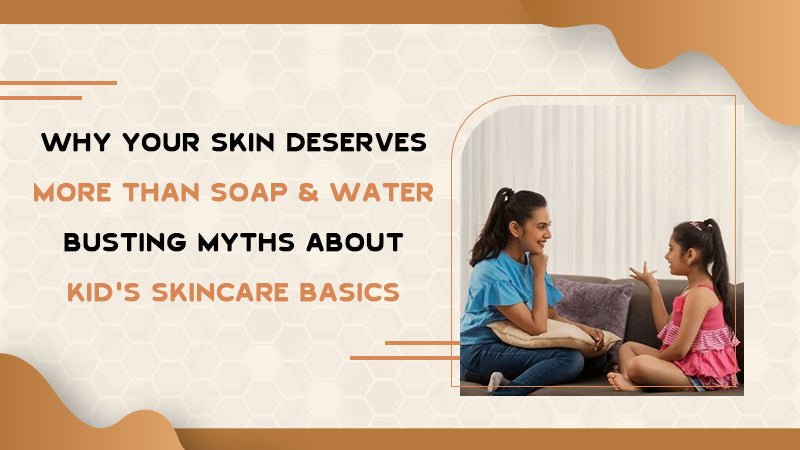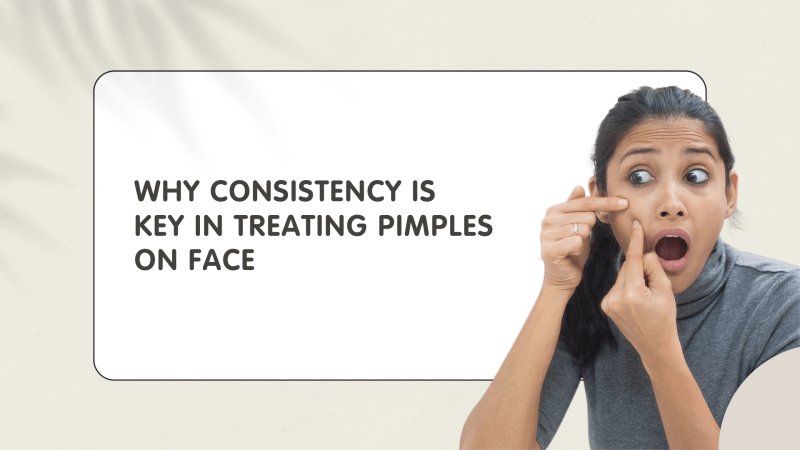10 Things You Need to Know About Sunscreen
It is going to be summer again and there are a number of things you would have in mind to make this holiday season special. But here’s something else essential that you need to know about - Sunscreens. Although it is associated mostly with beach trips, sunscreen is an indispensable part of daily skincare against harmful UV rays, even on cloudy or overcast days especially in tropical countries. Here are 10 things you need to know to choose the right kind of sunscreen from the multitude of options available in the market.
UV Rays:
Ultraviolet (UV) radiation is an invisible form of radiation from the sun that comes in two main types: UV-A and UV-B rays. While the UV-A rays penetrate deeper into the skin and contribute to premature ageing and skin cancer, UV-B rays are quite shallow with their effect on the skin and are primarily responsible for sunburns. When choosing a sunscreen, the best bet would be to choose a broad-spectrum formula that protects against both the types. This way you can have a very good chance at restricting the risk of sunburn, skin damage, and skin cancer.
SPF:
SPF is an acronym for Sun Protection Factor, which is a measure of a sunscreen's ability to protect your skin from UV rays. But there’s a common misconception about SPF: that it indicates how long you can stay in the sun with the particular sunscreen on. But in fact, SPF signifies the level of protection it can offer in comparison to not wearing sunscreen at all. In general, dermatologists recommend using broad-spectrum sunscreens with an SPF of a minimum of 30 for everyday use, which filter about 97% of UV-B rays. There are other SPF values like SPF 50 as well, which offer slightly more protection.
Applying frequently & liberally:
‘How much is too much?’ is a common question one would get while using any personal care product. However with sunscreens, the question should be ‘How less is too less?’. Often people make the mistake of not using enough sunscreen. Considering the fact that sunscreens contain moisture, which tends to evaporate on exposure, we need to apply a generous amount of sunscreen to cover all exposed areas of the skin thoroughly.
For an average adult person’s full body coverage, this could mean about 30ml. If you are going to be staying out in the open for more than 30 minutes, remember to reapply sunscreen at least once every two hours. For children, approximately half this amount can be applied to ensure adequate coverage for effective sun protection.
Water-resistant isn't waterproof:
While water-resistant sunscreens provide some protection against exposure to water, they are not truly “waterproof”. They are essentially made to handle occasional water splashes and not necessarily a swim in the pool or a game of water polo. In case you plan on going for a swim or would be engaging in water sports, it is crucial to apply before you take the plunge into the water and reapply sunscreen every 40 to 80 minutes, depending on the product's specific instructions. Also note that towel drying can wipe the sunscreen layer off your skin. So be sure to reapply immediately after drying off. Additionally, remember that constant sweating could also possibly compromise the effectiveness of sunscreens, so reapplication is necessary during outdoor activities.
Check the expiration date:
Like any skincare product, sunscreens also have a shelf life. Check the expiration date on the packaging before using a sunscreen, and discard any products that are past their prime. Compromised efficacy against UV radiation, simply means an increased risk of sunburn and skin damage. To ensure you get the best out of your sunscreens, store them in a cool, dry place, away from direct sunlight.
Choose the right type:
There are multiple forms that Sunscreens are available in the market including lotions, sprays, gels, and rub-on sticks. Choose a formulation that works best for your skin type and preferences. While spray sunscreens can be convenient to use, they may not provide an even coverage as would lotions or rub-on sticks. Regardless of the type you choose, make sure it is a broad-spectrum sunscreen and water-resistant for comprehensive protection against UV radiation.
How they work:
There are two main methods in which sunscreens function against UV radiation.
Mineral sunscreens: These sunscreens contain mineral-based ingredients like zinc oxide and niacinamide, which form a protective barrier on the skin, reflecting and scattering UV rays away. They're gentle, suitable for sensitive skin, and provide immediate protection. Sometimes, physical sunscreens are formulated along with chamomile extracts, which further soothe the skin, when applied.
Chemical sunscreens: Chemical sunscreens on the other hand contain organic compounds like avobenzone and oxybenzone, which absorb UV radiation and convert it into heat. These ingredients work by absorbing UV radiation and converting it into heat, which is then released from the skin. They act like a sponge, absorbing UV rays before they can penetrate the skin.
Choosing between the two types depends on personal preference and skin type.
Sunscreen isn't for sunny days alone:
The UV rays can penetrate clouds and eventually cause skin damage even on overcast days. So if you are in a place where the climate is generally sunny, don’t forget to wear sunscreens even if it is cloudy. Additionally, UV rays can reflect off surfaces like water, sand, and snow, increasing your exposure to harmful radiation.
Consider additional protection:
It is always wise to stack up on protection. While we don’t intend to spoil your summer by asking you to stay away from fun, it is necessary to limit your exposure to direct sunlight as much as possible. At all times, wear protective clothing, such as wide-brimmed hats, sunglasses with UV protection and light coloured shirts and pants. Whenever possible, stay in the shade especially during peak sun hours (10am to 4pm), to reduce your overall UV exposure. By combining sunscreen with additional protective measures, you can further minimise the risk of sunburn, and premature ageing.
Skin cancer prevention:
Using sunscreen consistently and correctly is one of the most effective ways to reduce the risk of skin cancer. Remember that skin cancer is largely preventable, and sunscreen is a vital tool in this respect. By prioritising sunscreens and taking proactive measures to protect your skin, you can enjoy the outdoors safely while minimising the risk of skin damage and cancer.
Conclusion:
Now that you have learnt quite a bit about sunscreens, try browsing through our catalogue of sunscreens specially formulated for children. At Tikitoro, we make sunscreens with a gentle, mineral composition which makes them a suitable choice for children of all ages. With an SPF value of 30+ and naturally sourced Zinc oxide, our sunscreens provide an effective broad-spectrum protection against both UV-A and UV-B rays. And more importantly, it is non-comedogenic, non-sticky and leaves no white marks or residue on the skin, making it comfortable to use. We wish you the best with your skincare this summer and may you and your family have a safe and memorable time.




